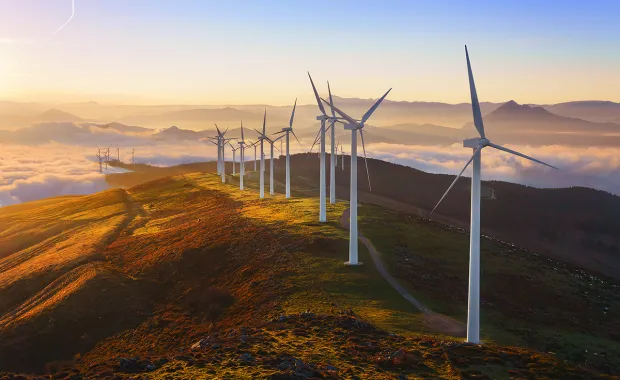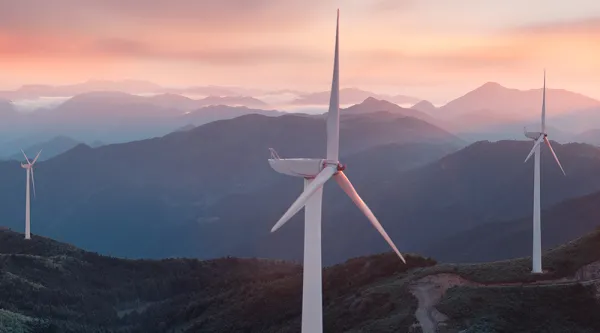The tragic humanitarian and economic crisis resulting from Russia’s invasion of Ukraine will have both long- and short-term impacts on the energy supply chain as nations reevaluate their energy security and sovereignty postures. Beyond the ramifications of sourcing oil and natural gas from other regions, many countries also must consider the source of their electricity, with one of Europe’s largest nuclear facilities now in control of Russian forces.
Russia is the European Union’s (EU) main supplier of crude oil, natural gas and solid fossil fuels1. The sanctions and policies that are diminishing Russian gas supplies to other countries may necessitate the continued and prolonged use of higher-carbon energy sources like coal and oil. This could slow regional efforts to denuclearize current generation, and will affect all regions due to the current scarcity of renewable alternatives. This means an increased demand for alternative generation equipment, putting even higher demands on an already-stretched supply chain.
Accelerating local energy production will require multiple fronts.
From a policy perspective, some recent actions include:
- The European Commission outlined a proposed plan to make Europe independent from Russian fossil fuels well before 2030, starting with gas.
- The International Energy Agency (IEA) offered a 10-Point Plan to the EU for reducing reliance on Russian supplies by over one-third.
- The U.S. and 30 countries agreed to release strategic oil reserves.
From an infrastructure perspective, more turbines, solar panels and storage systems of all sizes will be needed to backfill green energy demands, along with a potential increase in small nuclear generation options. Other impacts include increased demand for new, highly efficient heat pumps and electric vehicle mobility (eMobility), as well as for the distributed energy resource management systems (DERMS) to help manage these greater electrification demands on the grid. At the same time, the manufacturing supply chain is still feeling the impacts of the pandemic, including both labor and supply shortages, and will struggle to produce needed hardware systems in a timely manner.
To help with this, new investments and financing are needed to facilitate the transition from legacy energy models to newer, greener approaches. Already, there are perceived risks for investment portfolios and companies that continue to support legacy greenhouse gas (GHG)-intensive or politically sensitive sources of energy.
Once again, good decision-making must be supported by accurate information and strong system support.
In response to the pandemic, the energy and utilities industry developed new skills and resilience it didn’t realize it had. Industry leaders should continue to build on these business agility gains and pursue even greater collaboration among fellow executives, suppliers, and the communities we all serve, to help each other through this difficult time.






